Researchers capture first images of CO2 emissions from commercial aircraft engine using chemical species tomography
Green Car Congress
SEPTEMBER 30, 2022
Researchers have used a novel near-infrared light imaging technique to capture the first cross-sectional images of carbon dioxide in the exhaust plume of a commercial jet engine. To image such a large area, the researchers used a 7m-diameter optical mounting frame (red) located just 3 m from the exit nozzle of the engine.

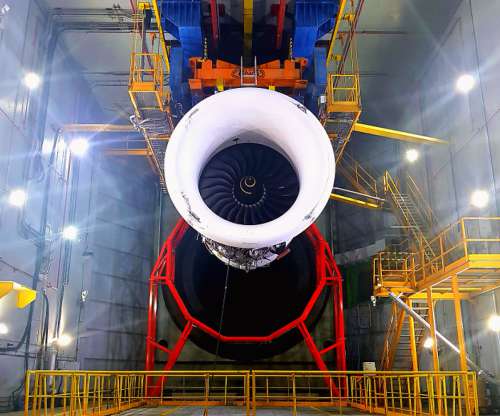


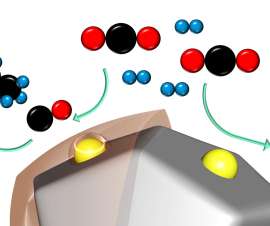
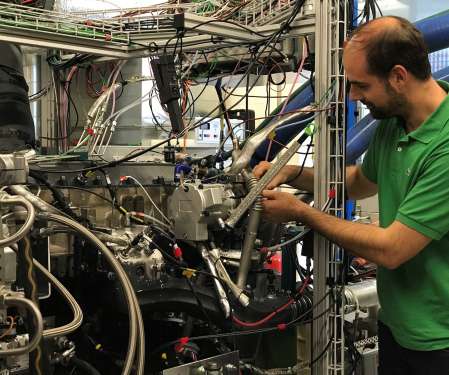

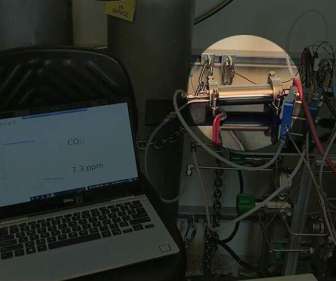
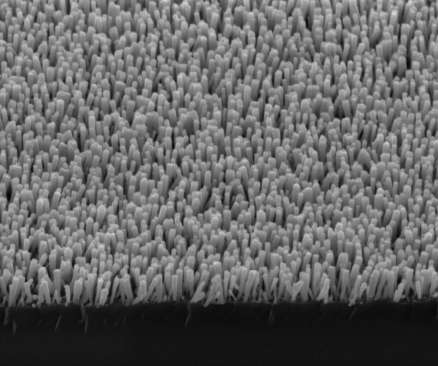












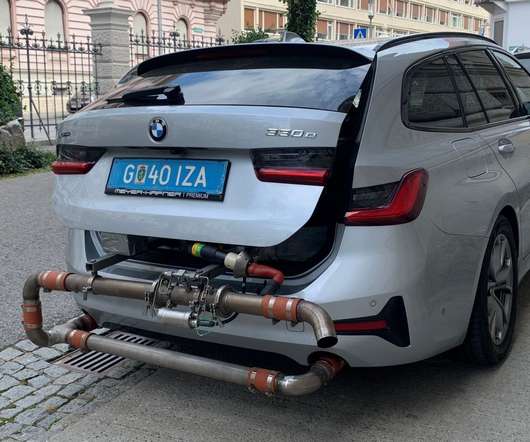

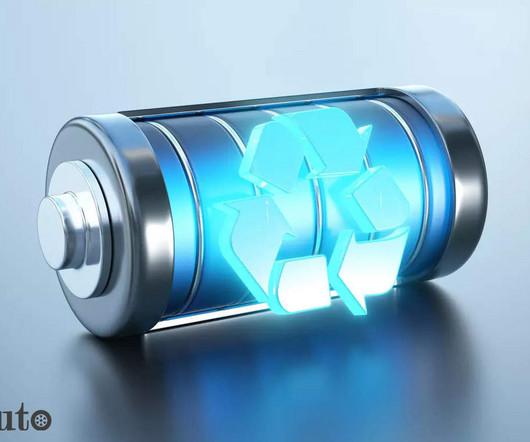








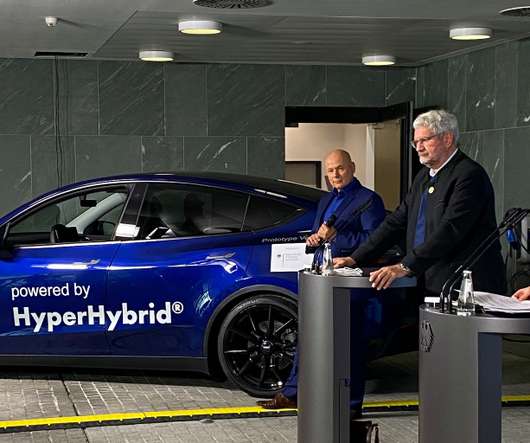









Let's personalize your content